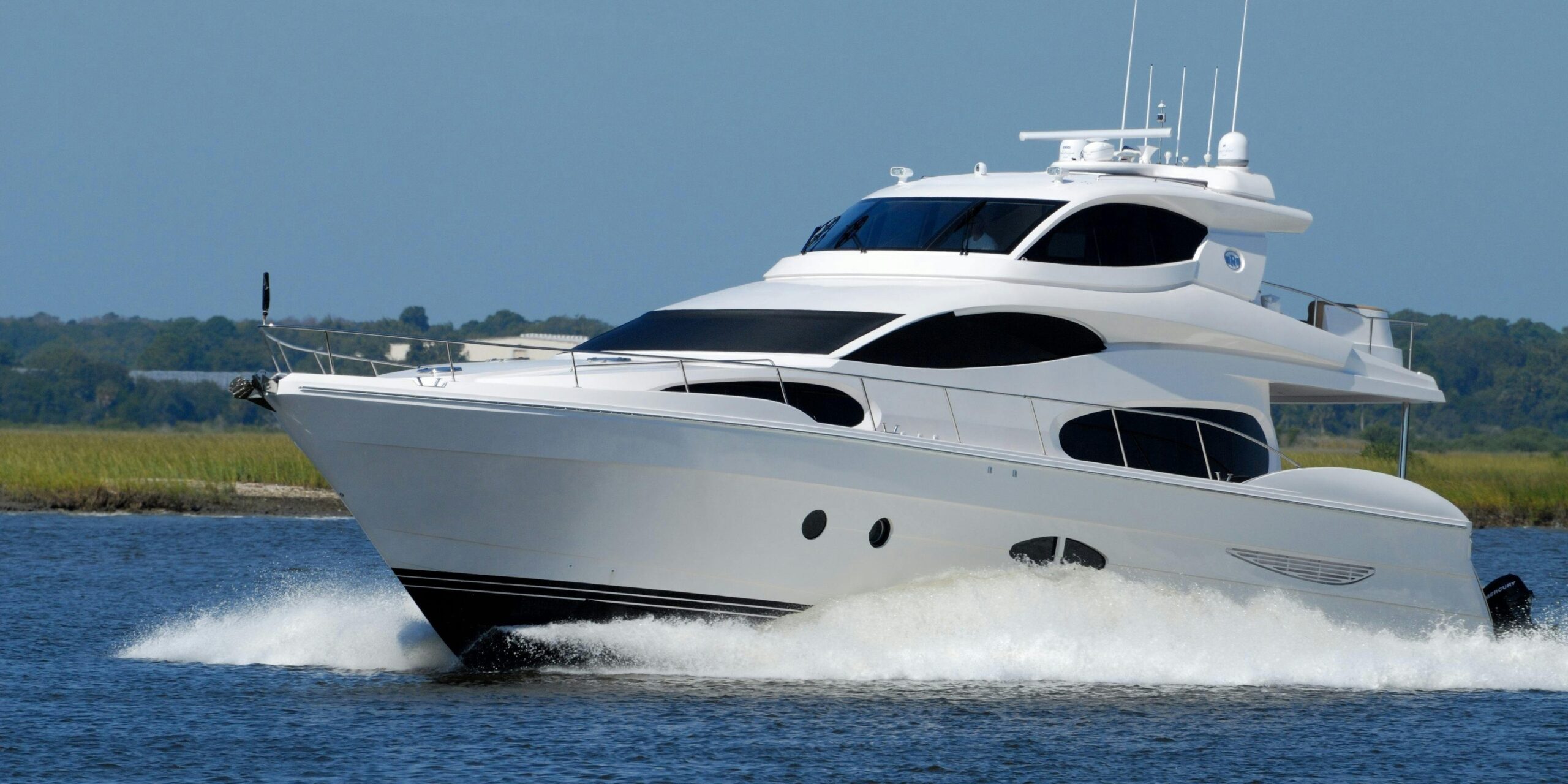The term “yacht” is used loosely to refer to nearly any recreational boat. That’s not entirely inaccurate, but there is a difference between yachts and superyachts that is important in the high-end travel and naval design world. They both evoke comfort and pleasure at sea, but they vary by size, amenities, and the way they’re generally used.
Knowing the line between a superyacht and a yacht clarifies the type of experience each provides.
Defining a Yacht
A yacht is a pleasure boat, typically under power from sails, engines, or both, constructed for leisure purposes rather than labor. Yachts can range in length greatly but typically range from 30 to 100 feet (approximately 9 to 30 meters). They have enough size to contain cabins, bathrooms, and kitchens to suit multi-day cruises or private chartering.
Yachts can be manned or owner-driven. Most are small enough that experienced owners operate them personally without the need for employees. Their configuration focuses on comfort but still keeps things relatively simple to operate.
What Makes a Superyacht
A superyacht is quite simply a bigger, more high-tech yacht. The definition tends to fit boats over 100 feet (30 meters) in length, although there is no fixed international norm. It’s not only the size that distinguishes them but the degree of customization, amenities, and crew they require.
Superyachts are usually professionally manned. They tend to have multiple decks, large cabins, separate entertainment zones, pools or Jacuzzis, gyms, and sophisticated water toys. They are often constructed as bespoke projects for specific owners so that every boat is distinct.
Scale and Space
Size is the most basic distinction. While yachts vary from small to medium, superyachts are in a league all their own. Their added length and beam equate to more room for visitors and more space for amenity items. A yacht might have two or three bedrooms, whereas a superyacht can house dozens of guests and crew with ease.
This also influences where they can moor. Yachts are able to go into smaller marinas and moor closer in to more compact bays, whereas superyachts require specialized docking because of their draft and overall size.
Crew and Operation
Having a yacht can be one-on-one. Most owners like to captain them themselves, particularly with the smaller ones. Even when manned, staff numbers are small, and positions are more basic.
Superyachts, on the other hand, operate more similarly to floating estates. Crew members can range from ten to several dozen depending on size and configuration of the vessel. This enables more customized service but introduces layers of complexity in management and operation.
Amenities and Lifestyle
Yachts are comfortable, but their accommodations are limited in size by nature. Cabins are intimate, kitchens are small, and outdoor decks are for lounging and dining. They get everything right for a comfortable vacation without unnecessary additions.
Superyachts raise the bar on luxury at sea. Several lounges, fine dining rooms, cinemas, gyms, spas, and even helipads are typical on larger constructions. Water toys like jet skis, tenders, and scuba gear are par for the course. Basically, superyachts are meant to mirror the diversity and wealth of land-based estates, but on the water.
Ownership and Charter Market
Yachts suit a wide variety of owners and charter visitors. Yachts are easier to maintain, more affordable, and general-purpose. They are therefore preferred for family vacations, weekend charters, or private cruising.
Superyachts, because of their cost, tend to be owned by either one or multiple parties with a large amount of capital. The operational expenses alone—crew wages, docking charges, and maintenance—are several times greater than those of an average yacht. Consequently, a large percentage of superyachts are being charted when they are not in exclusive use, offering clients high-end activities.
Experience at Sea
The disparity in terms of experience is not so much luxury as scale of travel. Yachts are able to thread their way into smaller harbors, chart shallow bays, and preserve a sense of closeness with the sea. They nurture a participatory, hands-on style of sailing.
Superyachts, although majestic, are less concerned with maneuverability and more with presence. The ride is silky and roomy, yet the feeling of direct touch with the water is different. Rather, there is concern with comfort, amenities, and service.
Summary Table: Yacht vs Superyacht
|
Feature |
Yacht |
Superyacht |
|
Typical Size |
30–100 ft (9–30 m) |
100+ ft (30+ m) |
|
Crew |
Owner-operated or small crew |
Professionally crewed, often large team |
|
Facilities |
Basic cabins, galley, lounge, deck |
Multiple decks, pools, gyms, cinemas, helipads |
|
Guest Capacity |
Few guests (family or small groups) |
Dozens of guests and crew |
|
Docking |
Fits smaller marinas and bays |
Requires specialized ports |
|
Cost |
More accessible, lower running costs |
High purchase and operating expenses |
|
Experience |
Intimate, flexible, hands-on |
Grand, service-focused, facility-rich |










